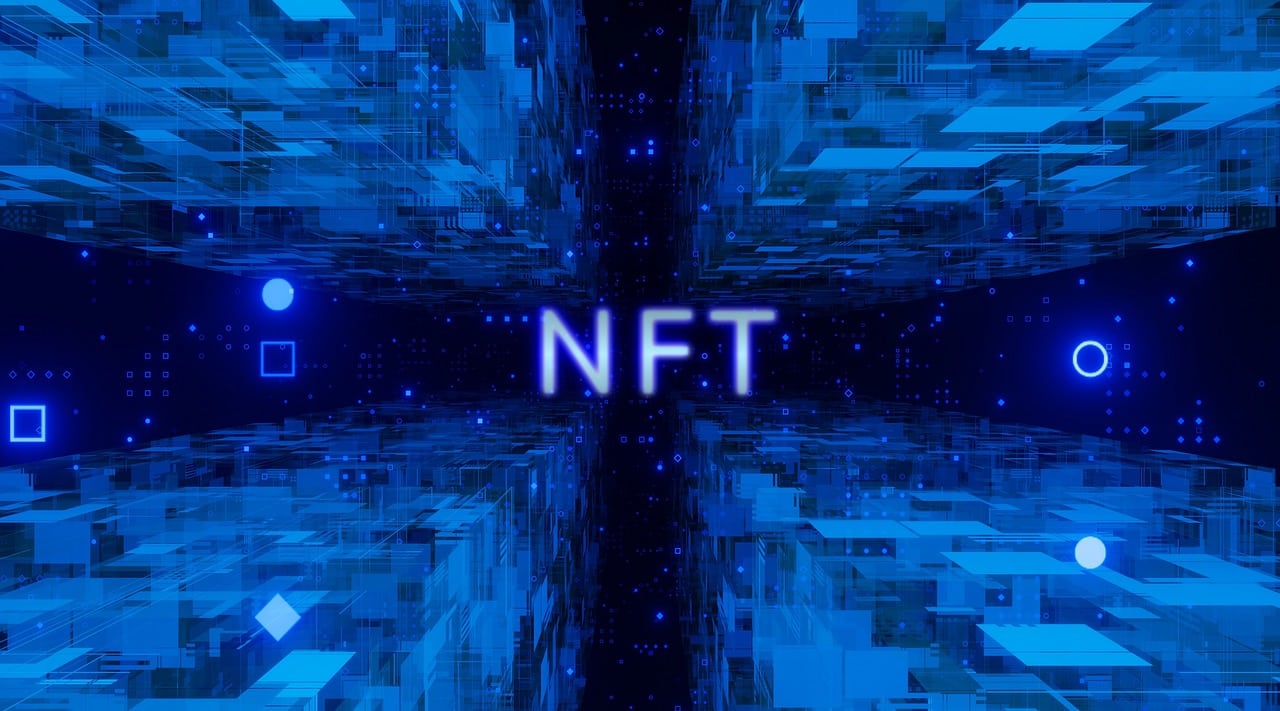In the ever-evolving landscape of art, a groundbreaking revolution has emerged with the advent of Non-Fungible Tokens (NFTs). These digital assets, based on blockchain technology, have not only redefined how art is perceived and valued but have also ushered in a new era of ownership, authenticity, and creativity. This article delves into the profound impact of NFT technology on the art world, exploring how digital artists leverage NFTs for sales, management, and expression. We will delve into the benefits of NFT usage, including enhanced copyright protection, transparency, and novel monetization opportunities. By showcasing renowned NFT artists and their contributions, we will uncover the revolution NFTs are sparking in the realm of traditional art. Additionally, we will address criticisms and challenges facing NFT art and speculate on the future evolution of this burgeoning industry.
The Rise of NFT Art
NFTs have transformed how art is bought, sold, and owned. Digital artists now have the ability to tokenize their creations, ensuring scarcity and uniqueness in the digital realm. This newfound mechanism grants artists direct ownership and control over their work, liberating them from intermediaries. The seamless transferability of NFTs has enabled artists to expand their reach and connect with a global audience. Notable artists like Beeple have demonstrated the power of NFTs, selling digital art pieces for millions of dollars and attracting mainstream attention to this innovative medium.
Advantages of NFTs in Art
One of the most significant advantages of NFTs is the unprecedented protection of intellectual property rights. Smart contracts embedded within NFTs automatically allocate royalties to artists whenever their creations are resold. This ensures that artists continue to benefit from the appreciation of their work even after the initial sale. Additionally, the transparency of blockchain technology minimizes the risk of counterfeiting and fraud, establishing a higher level of trust between artists and collectors.
Bitcoin Dice and the Shifting Landscape of Art and Leisure
In the midst of the NFT revolution, another technological innovation is making its mark on the art and leisure scene: Bitcoin dice games. These blockchain-based games not only provide entertainment but also contribute to the changing landscape of how people engage with art and leisure. As the world becomes more digitally interconnected, the boundaries between art, leisure, and technology continue to blur, ushering in an era of unprecedented creativity and engagement.
Monetization and Creativity
NFTs have opened up novel revenue streams for artists, empowering them to monetize their talent in ways that were previously unimaginable. With fractional ownership and microtransactions, art aficionados can invest in their favorite pieces, contributing to a democratization of the art market. Moreover, the intersection of NFTs and gaming has given rise to virtual galleries and immersive experiences, blurring the boundaries between traditional art and interactive media.
Challenges and Future Prospects
Despite the promising prospects, NFT art has not been without its share of controversies. Environmental concerns surrounding the energy-intensive nature of blockchain operations have sparked debates about the sustainability of the NFT ecosystem. Additionally, issues related to copyright infringement and the potential for oversaturation of the market have raised questions about the long-term viability of NFT art.
Looking ahead, the future of NFT art holds infinite possibilities. As technology evolves and integrates with creative expression, we can anticipate even more innovative uses of NFTs in the art world. With increased adoption and education, NFTs have the potential to reshape the art landscape, fostering a more inclusive and dynamic artistic community.
Conclusion
The fusion of NFT technology with the world of art has undeniably created a seismic shift in the way we perceive, create, and consume artistic expression. NFTs have empowered artists, redefined ownership, and offered new avenues of monetization, while simultaneously challenging traditional norms and conventions. As NFT art continues to evolve, it promises to shape a future where the boundaries between art, technology, and innovation are fluid, dynamic, and full of endless possibilities.




